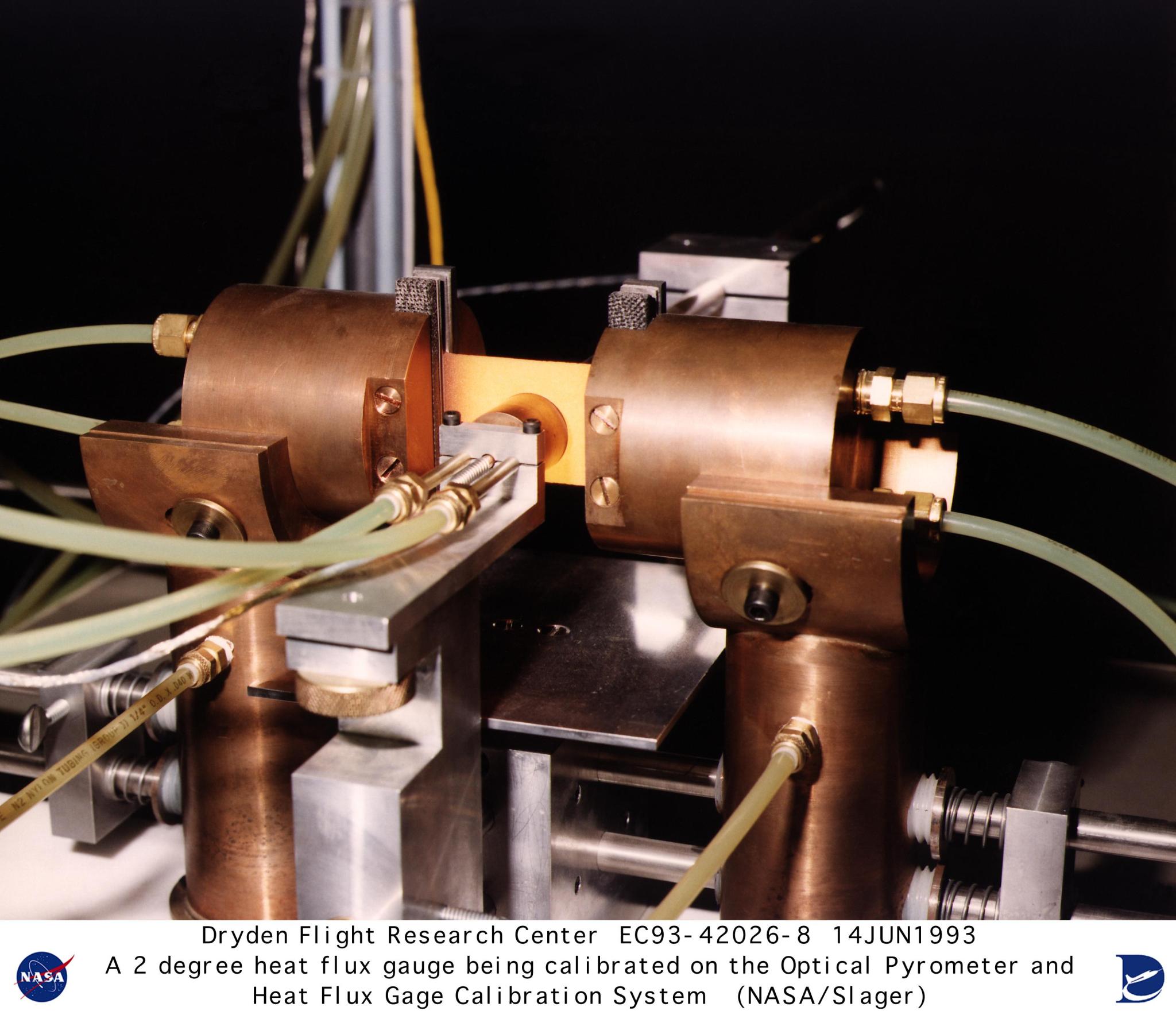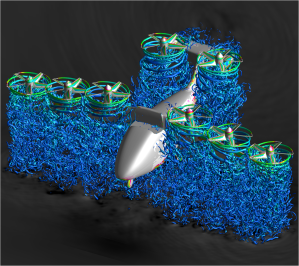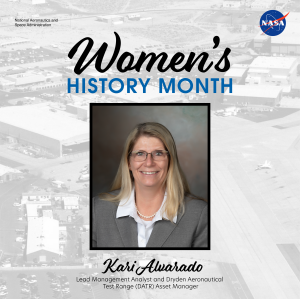The instrumentation laboratory in the Flight Loads Laboratory (FLL) at NASA’s Armstrong Flight Research Center in Edwards, California, is well equipped to support many project requirements. The instrumentation staff conducts research projects that require the design of installation fixtures and the development of installation methods. This staff is highly qualified to install conventional sensors such as strain gages, thermocouples, resistive thermal devices, hot film anemometers, and heat flux gages. For these sensors, epoxy bonding and spot welding are the primary installation methods utilized depending on sensor requirements.
The laboratory staff’s most unique capability is the development, characterization, and evaluation of advanced high-temperature instrumentation. Complex sensor attachment techniques such as Rokide flame spray, plasma spray, ceramic cement, and spot welding are utilized. The instrumentation development requires test processes that include direct resistance heating, and radiant heating up to temperatures of 2,000 degrees Fahrenheit (F).
The staff has experience installing sensors on all standard materials, such as aluminum, steel, Inconel, titanium, and graphite epoxy composites, and on a wide variety of unique materials, such as carbon-carbon, titanium-matrix composite, and silicon carbide.
Optical temperature measurement methods, such as optical pyrometers and optical fiber thermometers (OFT), are utilized in instances where standard thermocouples attachment techniques are not practical. The OFT system is designed to provide accurate temperature measurements in the presence of radiant quartz lamps. The system includes a portable computer, a control unit optical transmission cables, and two lightpipe sensors. The current system has six channels that can be used in monitor and temperature control applications. The operating range of the OFT system is 750 degrees F to 3,450 degrees F.
Heat flux gages, either thermopile or Gardon gages, capable of up to 1,600 degrees F are also used in the laboratory. Heat flux gages may be bonded or spot-welded to a surface, depending on gage configuration.
An optical pyrometer and heat flux gage calibration system enables the FLL staff to perform calibrations on optical pyrometers and heat flux gages for a variety of thermal conditions. The system can produce temperatures in excess of 5,600 degrees F and heat fluxes to 400 Btu/ft2 per second. The system’s blackbody heater element calibrates pyrometers at temperatures between 1,000 degrees F and 5,600 degrees F. Heat flux gages are calibrated with a flat plate radiant heating element.
The FLL maintains a large supply of dual bridge load cells and displacement transducers. The load cells range from ±500 pounds to ±300,000 pounds and are used for closed-loop load control and load monitoring simultaneously. The displacement transducers can measure displacements that range from 0.001 to 18 inches and are used to monitor the displacement of test articles, support structures, and hydraulic actuators.
The laboratory staff applies instrumentation expertise to support flight projects as well as laboratory research projects. Recent flight projects include F-16XL Supersonic Laminar Flow Control, F-15 Advanced Control Technology for Integrated Vehicles (ACTIVE) vectored engine thrust, and Linear Aerospike SR-71 Experiment (LASRE). Recent laboratory projects include Pegasus Hypersonic Experiment (PHYSX) glove and the Side Shear Panel test program.

































